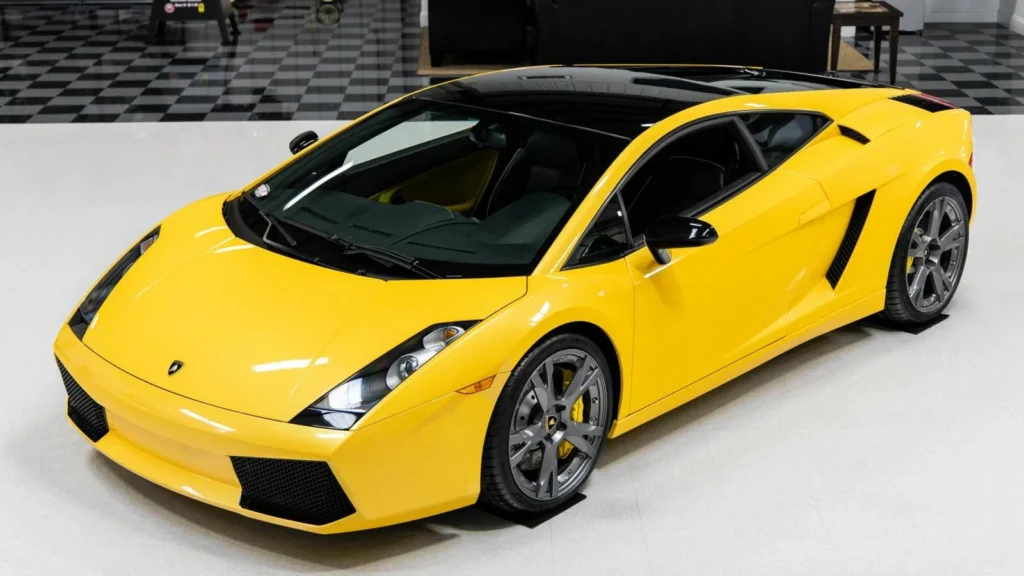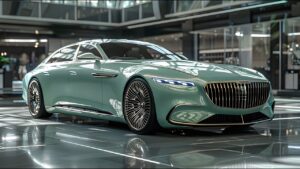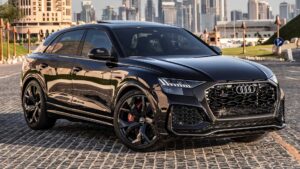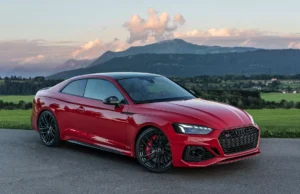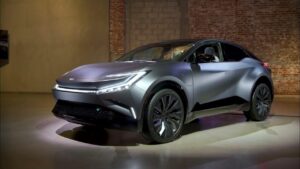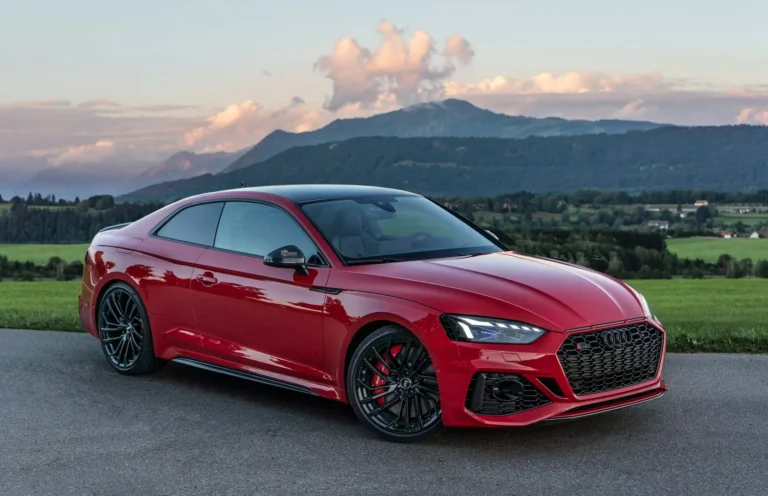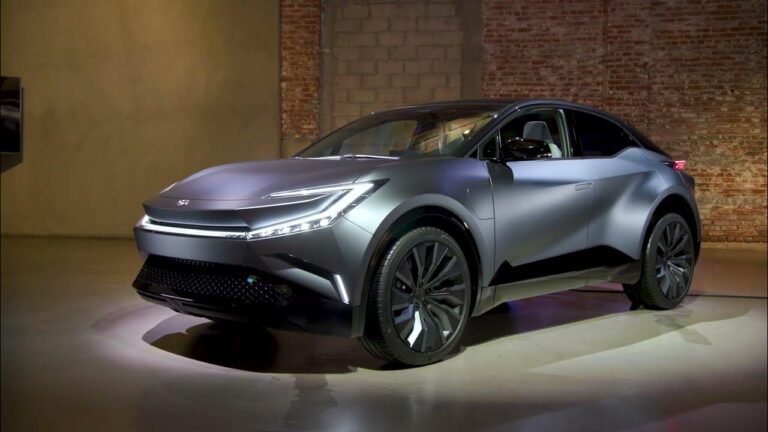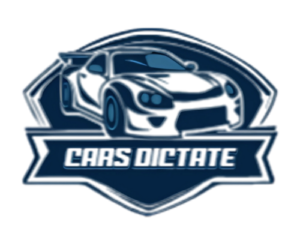Imagine commuting to work daily in a Gallardo enraged bull without jeopardizing your comfort, dependability, or sanity. Enter the Lamborghini Gallardo, the notorious “entry-level” Lamborghini’s V10 supercar that shattered expectations, redefined the performance manual, and delivered Italian muscle to the masses in a previously unimaginable way.
https://youtu.be/IKV5GyC3ckg
The G Lamborghini Isn’t Just a Lambo—It’s The Lambo for the Real World
When the average Joe hears the word Lamborghini, they envision swooping scissor doors, flying saucers on wheels, and an aura of excess that borders absurdity. But the G Lamborghini was not like that. When it came out in 2003, the Lamborghini was a car for people who planned to drive for the daily commute on real roads. It was low, boisterous, and unapologetically foreign—but it also had functional air conditioning, a nicely built interior, and (thanks to Audi’s participation) reliability that wouldn’t wake you up in the middle of the night.
The Engine A Howling V10 Symphony
Under the bonnet? a 5.0-liter V10 with naturally aspirated power that roared to the heavens at more than 8,000 RPM. A 5.2-liter version with up to 562 horsepower was added to later models. This version was even more powerful. The aural alone was enough to get Ferrari owners’ heads turning—and maybe, just maybe, make them question their life choices. And this was not lumpy muscle car power. This was keen, razor-sharp, motorsport-honed performance. Acceleration? 0–60 in between 3.9 seconds in early models and as low as 3.4 in later models. The Lamborghini’s V10 supercar didn’t just move fast—it felt fast, sounded fast, and was fast.
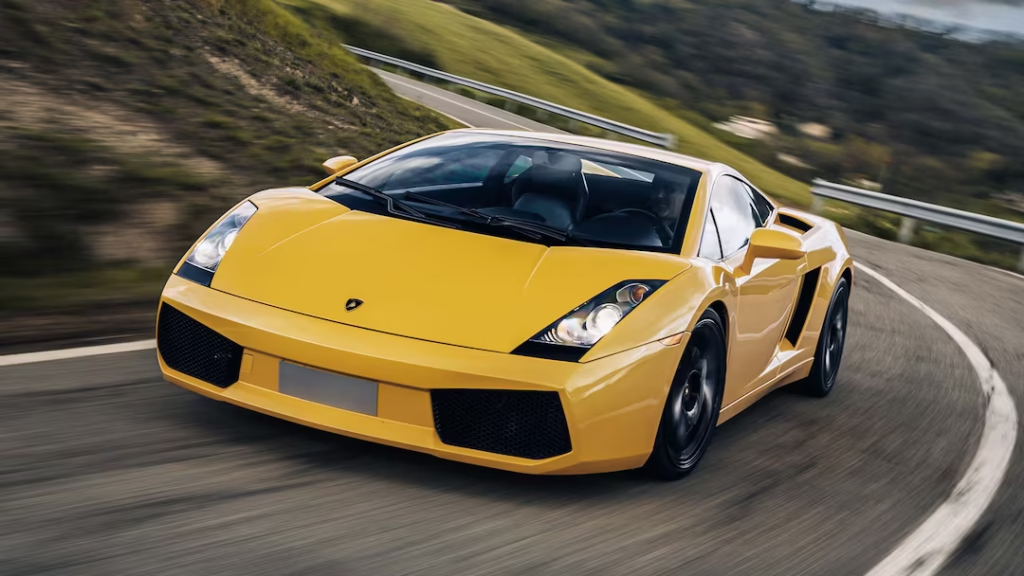
All-Wheel Drive Confidence at the Edge
The Lamborghini’s all-wheel drive system made it a beast in the corners, despite purists’ preference for. It made the drivers feel safe enough to redline it without fear of spinning out like an internet fail YouTube clip. But for tail-wagging drama lovers, Lamborghini offered up the RWD
LP 550-2 Valentino Balboni limited edition—a rear-wheel-drive nod to the firm’s iconic test driver. Lighter weight, more thrills, and a nod of respect to the old-school ideology.
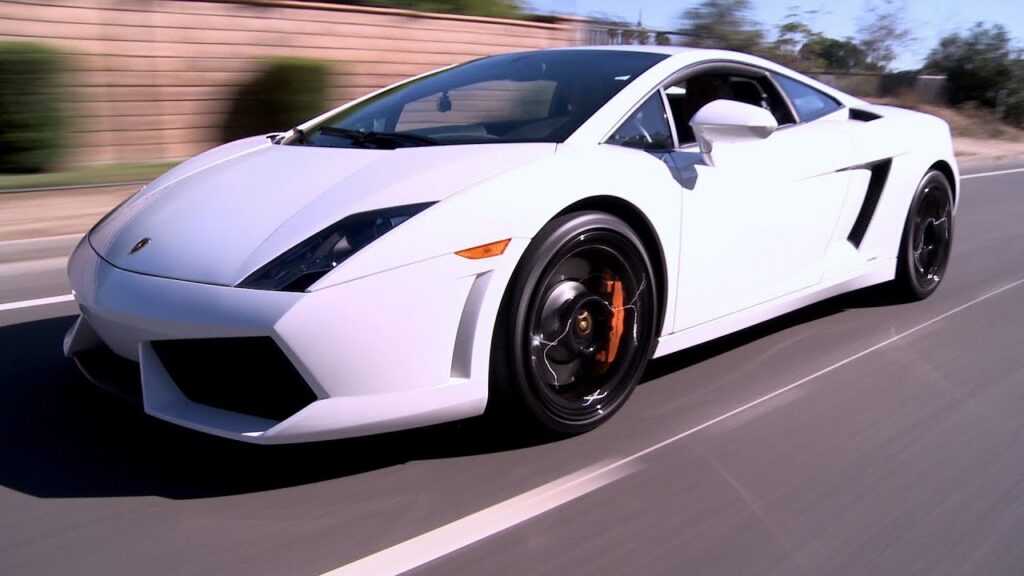
The Lamborghini’s Style: Bold, But Never Over the Top
Unlike its bigger brother, the RWD did not need to shout for attention. It was more like a precision-cut diamond than a brazen supercar because of its razor-sharp edges, streamlined lines, and small dimensions. Over its 10-year production run, RWD released dozens of variations, ranging from the hyper-aggressive Superleggera and the Spyder roadster to even low-production specials like the Bicolore, Tricolore, and the Performante. They all had something different to offer—but they all possessed that same DNA: speed, style, and soul.
A Decade of Domination
When RWD finally ended production in 2013, it had shattered the sales record of the company’s best-seller by selling over 14,000 units. That is impressive for a brand known more for its exclusivity than for its quantity. But sales figures weren’t the only thing. The RWD redefined the way the public perceived Lamborghini. It demonstrated to everyone that Lamborghini was capable of manufacturing a beautiful, brutal, and drivable automobile. It brought the marque to a new generation of customers who were not interested in owning cars as investments to drive them.
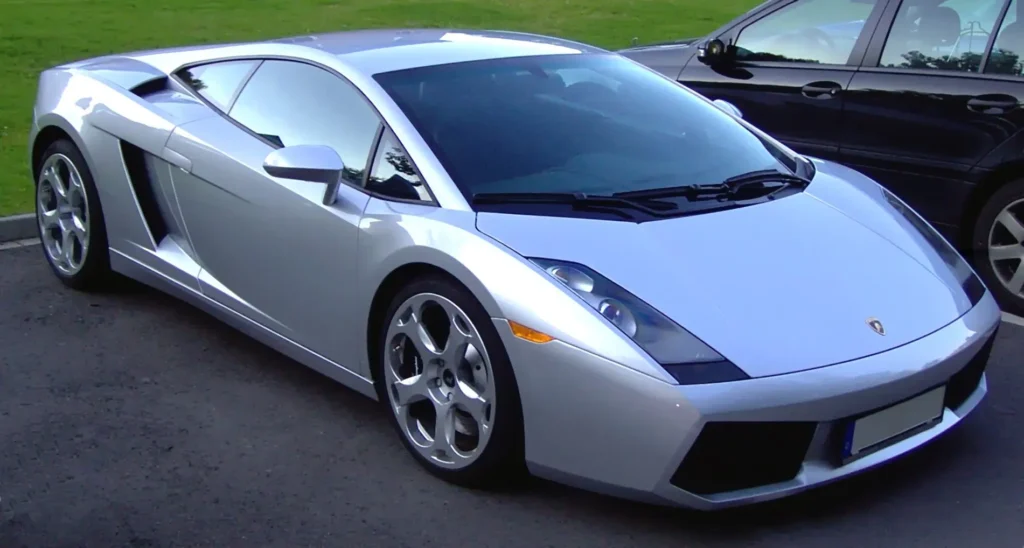
Why the RWD Still Matters
The RWD supercar is no longer the newest model on the block. It has been superseded by the Huracán, which is quicker, wiser, and perhaps even more elegant. But ask any car buff, and they will inform you—there is something about that Lamborghini’s V10 supercar that remains. Perhaps it is the direct mechanical connection. Perhaps it is the V10’s rev-thirsty, unbuffered by twenty-first-century engineering.
Final Thought: Are You Brave Enough?
The Lamborghini doesn’t command attention—it insists on it. It doesn’t need toys or gimmicks. It’s about driving. So the question isn’t if the Gallardo is still relevant.
A Driving Experience You Never Forget
-
All-wheel drive (on most versions) for corner-carving confidence
-
A choice between a traditional 6-speed manual or the E-Gear automated manual
-
Remarkable ride balance—firm but livable
-
A chassis that delivered excitement with every twist of the wheel
Style and Design: Sharp, Compact, Iconic
While its larger sibling—the Murciélago—was huge and intimidating, the RWD supercar was lean, slim, and refined. With razor-sharp edges and razor-sharp lines, it looked like something that had been sculpted by a team of designers who were used to working in terms of fighter planes and spy equipment.
-
Side intakes that screamed aggression
-
Low-slung nose and pointed headlights
-
A glass engine cover to show off that glorious V10
-
Dozens of trims and limited editions with special colors, stripes, and badging
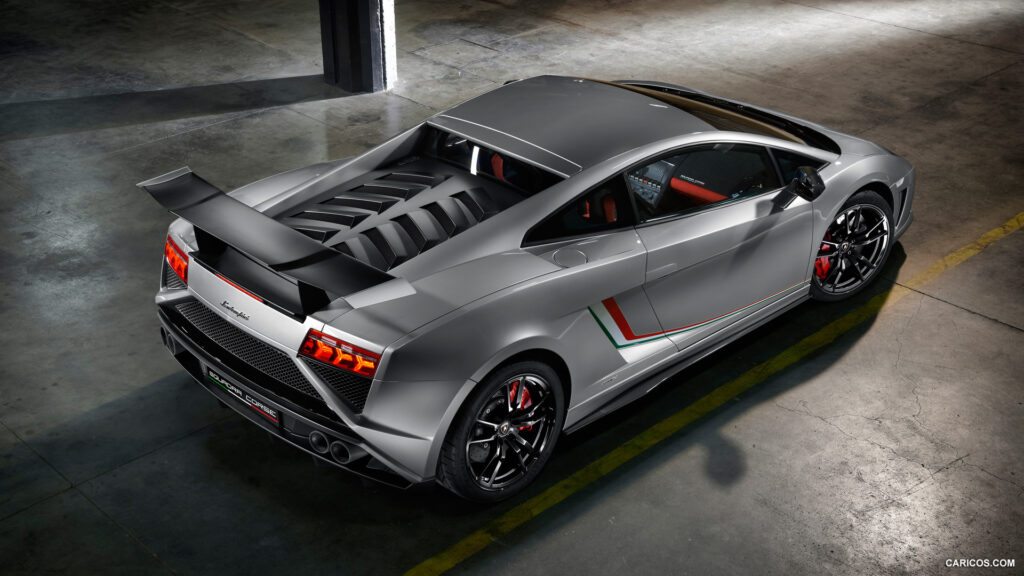
Engineering That Made Lambo Drivable
Let’s face it—before, RWD equaled drama, not dependability. The RWD reversed all that. Due to being owned by Audi, build quality increased by leaps and bounds. The interior was no longer an add-on. Controls were ergonomic, materials were luxurious, and electronics were more up-to-date than the typical Italian eccentricities. Maintenance was more predictable. Ownership was feasible. And lo and behold, RWD ownership wasn’t just a pipe dream—it was a dream.
Conclusion
With its screaming V10, heavenly engineering, and design so iconic, the Lamborghini’s V10 supercar persuaded the world that supercars should not be garage queens but driven, loved, and lived with. It revolutionized attitudes, shattered sales records, and spawned a new breed of Lamborghini fans.
FAQS
Q1: What engine does the Lamborghini have?
A: The Gallardo has a naturally aspirated V10. Early Gallardos produced a 5.0L V10, while later Gallardos (e.g., the LP 560-4) produced a 5.2L V10, up to 562 horsepower in base trim and higher still in special models.
Q2: What’s the difference between AWD and RWD Gallardos?
A: All RWD, except for special editions, are all-wheel drive (AWD) for greater traction and handling, especially around bends. But special editions like the LP 550-2 Valentino Balboni are rear-wheel drive (RWD), which gives an even more interactive, tail-happy drive that enthusiasts like.
Q3: What’s the top speed of an RWD supercar?
A: Depending on trim and model, the Lamborghini’s V10 supercar can go from about 192 mph (309 km/h) up to over 202 mph (325 km/h) for top-of-the-line trims. It also goes 0–60 in just 3.4 seconds in the highest-performance trims.

